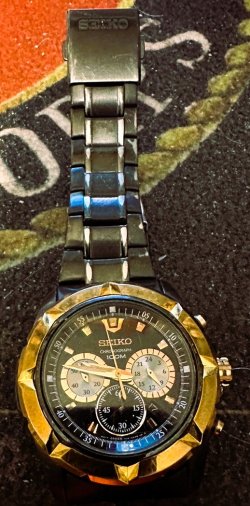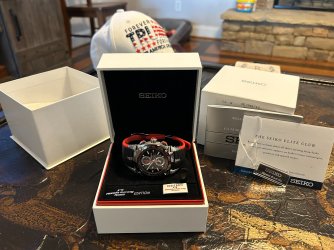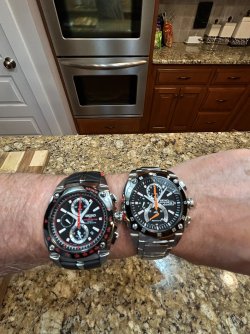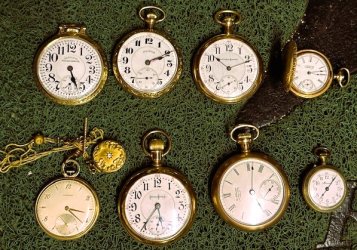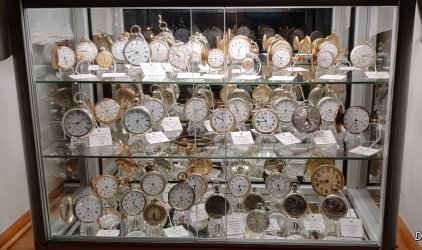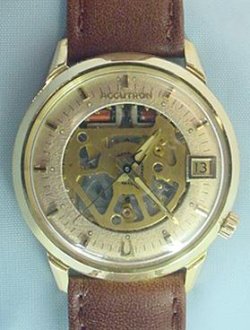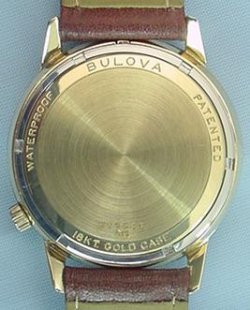I've been repairing and collecting watches for about 30 years now. There are two types of mainsprings, blue steel and white-alloy. The steel ones were what was used until the late 40s early 50s. They were fine when the watches used lubricants made with animal products like neatsfoot oil which typically lasted for only a couple of years before turning into a wax-like goo. The watch needed servicing that frequently. The blue spring would be discarded and a new one fitted. Synthetic lubricants changed all that. They lasted for decades and were terribly expensive. Enough to cover your thumbnail would last for years and cost about $25-50. At the same time companies like Hamilton invented an alloy that would be non magnetic and be immune to heat and cold, Elinvar. This alloy work carried over into mainsprings. Alloys that were unbreakable, immune to "Setting" or staying into a spiral forever and would be used over and over for a lifetime were developed. Get a new whitealloy spring and the problem will be solved. While a Pocket watch is easy to work on compared to a vintage automatic, they still are not like a firearm. The jewels are frequently cracked and rubbed into the plates. These watches did not have any shock resistance and frequently have broken staffs. It is folly to expect them to just shoot a spray of WD40 and wind it up. Reality is you'll use enough of the proper synthetic oil to coat your little finger nail. Maybe less... If you don't know what to use, (there are several types) where to put it and how to clean the parts, you will be wasting your time. You can buy a new alloy spring for an Illinois for about $25. I have hundreds of old new blue springs. PM me what size and jewel count maybe a photo of the watch. If I have a new blue spring, I'll send it to you. Illinois Watches were very good watches, especially their 60 hr Bun Specials. They are worth a few hundred bucks to have it done right. I just acquire a Hamilton US Navy comparing watch and it will bring a tear to your eye just looking at what we could do in this country at that time. US made the finest pocket watches in the world in those days. Nothing else came close. Right now these watches are the best bargain in collecting. Look at a Waltham Riverside Maximus, 23J with faceted diamond end stones. It is a work of industrial Art.

